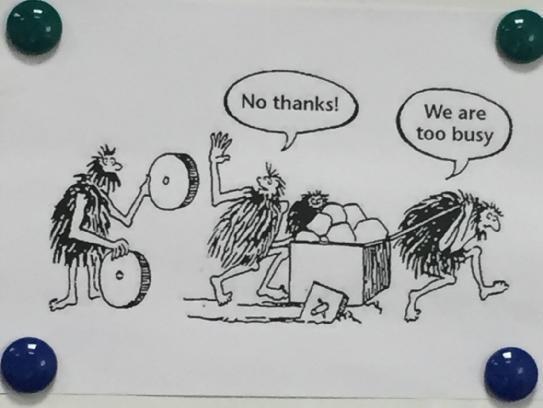Guest Post by Anthony de Gale.
I often speak with business owners about payments, sometimes solicited other times, not so much. Those unsolicited moments are usually made in line while waiting to be served. In my neighbourhood, there is a nice variety of small business food merchants who have been turning out delicious sandwiches, shawarma’s, roti’s, and gyros for years, but some still only accept cash. The ones that accept card, they don’t always make it easy for the customer. In either case, things need to change.
Getting payments educated
I understand that accepting credit cards isn’t for everyone. I am sensitive bringing this up especially with small business owners since generally, many businesses haven’t had positive experiences with merchant service professionals. Couple that with their focus is on selling things and that they haven’t received much, if any, unbiased payment education, it’s no wonder the situation is in the state it’s in.
My intent is always to contribute insights – fully aware that I run the risk of irritating more than pleasing. But then when Payfirma, a respected payments company, asked me to guest write about using payments for competitive gain, I thought, here’s an opportunity to develop a resource I should’ve done a long time ago.
Before getting into it, this isn’t limited to small business, mid-market, or major retailers. B2B commercial like retail in general, could use some education as it relates to card acceptance values. While the stigma they carry about credit cards is an added challenge, many are using dated solutions that don’t take advantage of the innovations in electronic payments; solutions that are converting accounts payable and accounts receivable cost centre functions into revenue generators. Instead, manual paper cheques remain the dominant payment method.
But things are changing.
It’s not about the payment anymore, but the customer experience
In the early days of payments, hardware ruled. Later, it evolved to include more emphasis on software: the power behind hardware’s features and capabilities. Back then, the process was fairly straightforward: one payment channel that was offline and a limited number of products consumers wanted to pay with.
Today the payment transaction doesn’t have to be made in isolation anymore. With advances in technology, steps in the purchase process are being eliminated. Instead of having the customer browse, order, and reach into their wallet to queue and pay, solutions are being developed that allow a person to walk into a restaurant, coffee shop, or retailer and get treated like a star. Merchants can greet customers by name, give personalized treatment, and charge items to customers’ accounts easily and seamlessly.
The accuracy of the technology means that in busy environments, merchants can see exactly who is in the queue, charge people instantly, and serve customers faster. In more laid-back places, users can come and go as they please, there’s no need to wait for the bill or interrupt the experience to pay.
So while still critical, payment acceptance now plays a role in the bigger, omni-channel purchase experience. It all comes down to giving customers convenience. Simple really. This doesn’t mean replacing one channel with another but rather being there wherever and however the customer wants to transact.
Those positioned for success the fastest will benefit the most. Not just from the increase in revenues or reduction in costs, but from the long-term loyalty earned from converting the vital intelligence gathered on customer behavior into critical strategies not yet envisioned.
Be informed: analyze & invest
So what does this mean for you? Certainly trying to ‘boil the ocean’ would be a mistake; it’s too vast and will never end. And a cookie cutter approach, at the sacrifice of your unique talents, will only get you so far. Commercially, whenever leading off with such a project, we recommend a spend analysis as a first step; you can’t improve what you can’t see.
For small businesses that do not need such an undertaking, explore traditional payment methods with value-added applications running on the consumer-facing side like mobile payments, promotions, and offers etc. – these can all go a long way.
Ultimately, those who master electronic payments will do so because they are able to create value by making it accessible “in the moment” as well as across operating systems, channels, or buying environments. For many, it will take a changed mindset, but as long as the focus is on making it easier for customers to do business with you, you’re heading in the right direction.
For those of you drinking the kool aid and have experiences or intentions you could share, let me know in the comments how you are using payments to grow your business.
About the Author
Anthony de Gale is the Founder and Managing Director of Payment Channel Solutions (PCS), a consultancy devoted to helping businesses optimize their payment programs. In addition to assisting merchants, Anthony also works with FinTech software companies looking to develop market opportunities in Canada or across North America. He is an avid golfer and hockey player who is passionate about Toronto-based sports teams.

